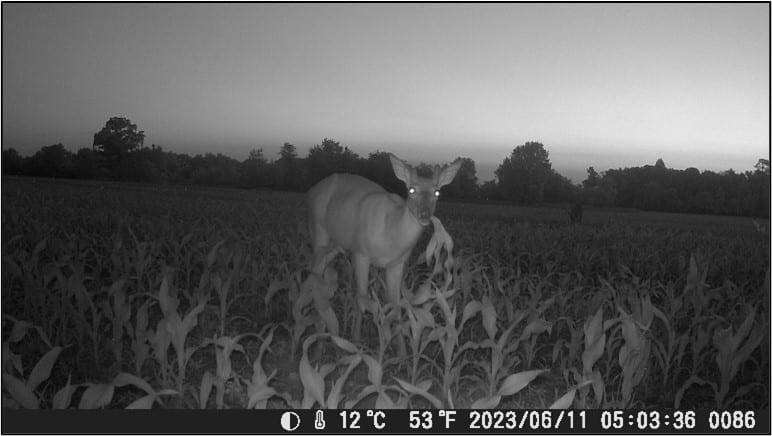
Soybean Row Spacing and Population Studies
Modern soybean varieties can tolerate lower seeding rates and still produce good yields, providing there are no other issues with stand loss or stress. In southern Delaware two studies (2022 and 2023) observed no yield difference when planting full season beans (MG 4.2, late May planting date) when planted between 60,000 to 180,000 seeds per acre (Figure 1). You may consider dropping your seeding rates, considering your regional weather, planting date, and soil conditions.
Continue reading
